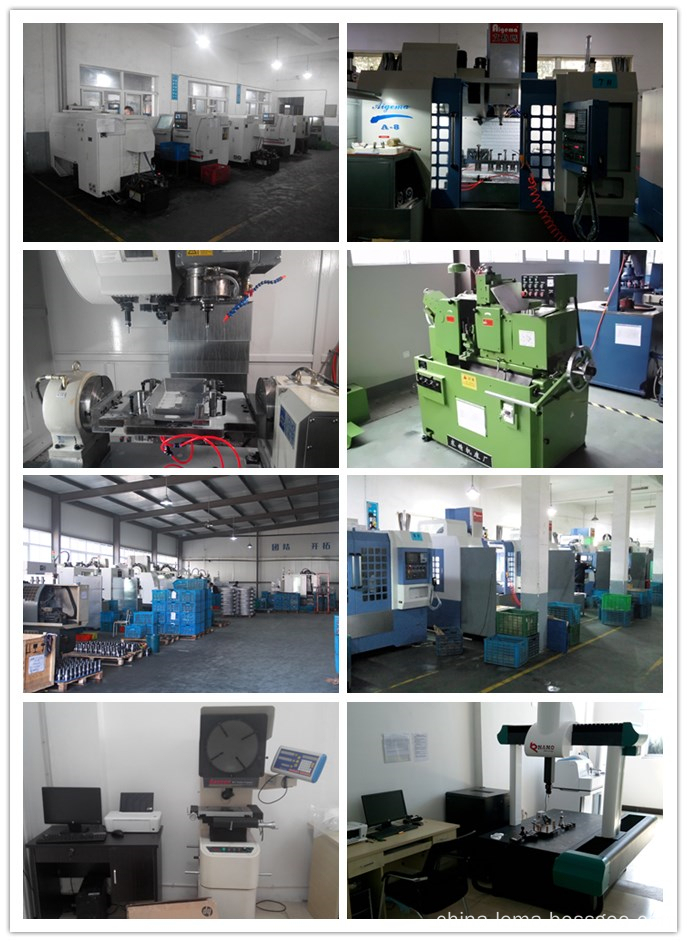New design increases uranium utilization to 90%
On July 14th, it was learned from the Institute of Nuclear Physics and Chemistry of the Chinese Academy of Sciences that the fusion fission hybrid research center has initially completed the conceptual design of a 3,000-megawatt Z-pinch fusion-fission hybrid reactor. As a subcritical nuclear reactor between a fusion reactor and a fission reactor, it can extend the current nuclear fuel resources for only 100 years to thousands of years.
The concept of fusion-fission reactor was proposed by our academician Peng Xianjue in 2009 in our country. Since January 2012, the Institute of Nuclear Physics and Chemistry of the Chinese Institute of Physics has undertaken the demonstration project of this project. In the past three years of design verification, the team innovatively proposed a Z-pinch-driven fusion-fission hybrid energy reactor scheme.
According to the scheme, the main part of the Z-pinch fusion-fission hybrid reactor consists of a Z-pinch fusion core, a fission cladding, a crucible blanket, and a fuel circulation system. In the fusion core, the 60 megaampere output of the heavy-duty drive generates a powerful Lorentz force that causes pinching, creating an ultra-high-temperature, ultra-high-density state required for controlled thermonuclear fusion for heating. Compresses the fusion target containing thorium fuel and produces a controllable thermonuclear fusion reaction, and outputs a large number of high-energy fusion neutrons. Under the action of high-energy fusion neutrons, uranium-238 entrapped around the fusion core is fissioned. The reaction produces a stable and controllable output of huge energy; fission blankets leak neutrons for production and implement a “self-sustaining†cycle in the fuel circulation system.
Huang Hongwen, deputy director of the fusion fission hybrid research center, said that the Z-pinch fusion-fission hybrid reactor can substantially reduce the requirements for fusion power, material radiation resistance, and antimony resource consumption at the same production scale, and realize depleted uranium or spent fuel. Taking into account the metamorphosis of the secondary radon system, the utilization rate of uranium is raised to over 90%. In addition, the process flow of fission fuel circulation is simple. After the fuel is unloaded, the fuel can be regenerated by the fission gas removal treatment, and the fuel can be used in a closed loop. The spent fuel in the traditional sense is not produced, and the environmental emission is low, and it is also conducive to preventing nuclear proliferation. The cladding adopts deep criticality and good heat transfer design. The critical safety and residual heat safety performance are outstanding.
According to the plan, the Z-pinch fusion-fission hybrid reactor around 2015 will complete the reactor physical design. An experimental research platform for key cell technology built around 2020. In 2030, the experimental research reactor was built through system integration. Through the overall experimental research of the experimental reactor and the optimization and improvement of the system, the commercial demonstration reactor was upgraded in due course, and the commercialization of fusion energy was promoted and realized, providing the sustainable development of energy in China. Competitive technology options.
Machining is a process that accurate to remove material by mechanical machining technology.
The main classification:
Mechanical processing have manual processing
and CNC machining two types. Manual processing is means machining
various materials by mechanical workers manual milling machine, lathe,
drilling machine and the sawing machine and other mechanical
equipment. Manual processing is suitable for small batch production,
simple parts. Numerical control machining (CNC) means the mechanical
workers use numerical control equipment, the CNC equipment including CNC
center, milling center, wire cutting equipment, thread cutting machine,
etc. The vast majority of the machining shop machining the parts by
numerical control machining technology. Through programming,
coordinates the parts in the Cartesian coordinate system (X, Y, Z) into a
programming language, the CNC controller of numerical control machine by
identifying and explain programming language to control the axis of CNC machine
tools, automatic removal of material, get the part according to the requirement
and finish machining. CNC machining in a way that is straight artifacts, suitable for
mass and complex shape parts.
Step of working out process regulations:
1) Calculating annual production program, determine the type of manufacture.
2) Analysis part drawing and the product assembly drawing.
3) Select blank.
4) Formulation process route.
5) Determine the machining allowance of each process, calculating the dimension and tolerance.
6) Identify the equipment used in each process and cutting tool, jig, measuring tools and auxiliary tools.
7) Determine the cutting dosage and man-hour quota.
8) Determine the main process of technical requirements and test methods.
9) Fill in the process documents.
The production of CNC Machining Part, metal machined parts

High Precision Machining, Machined Part, CNC Machining Part, CNC Machined Part
NINGBO BEILUN LEMA MACHINERY TECHNOLOGY CO.,LTD , http://www.china-lema.com